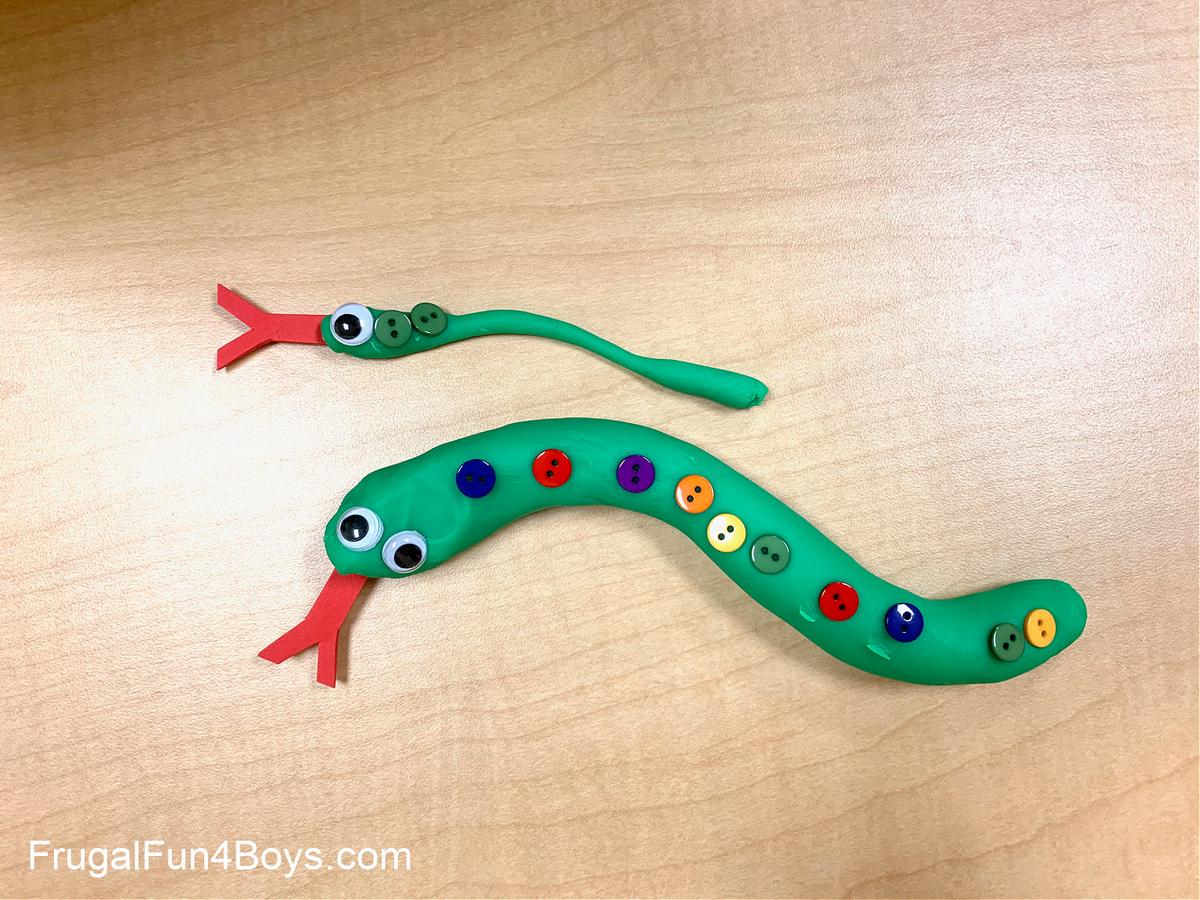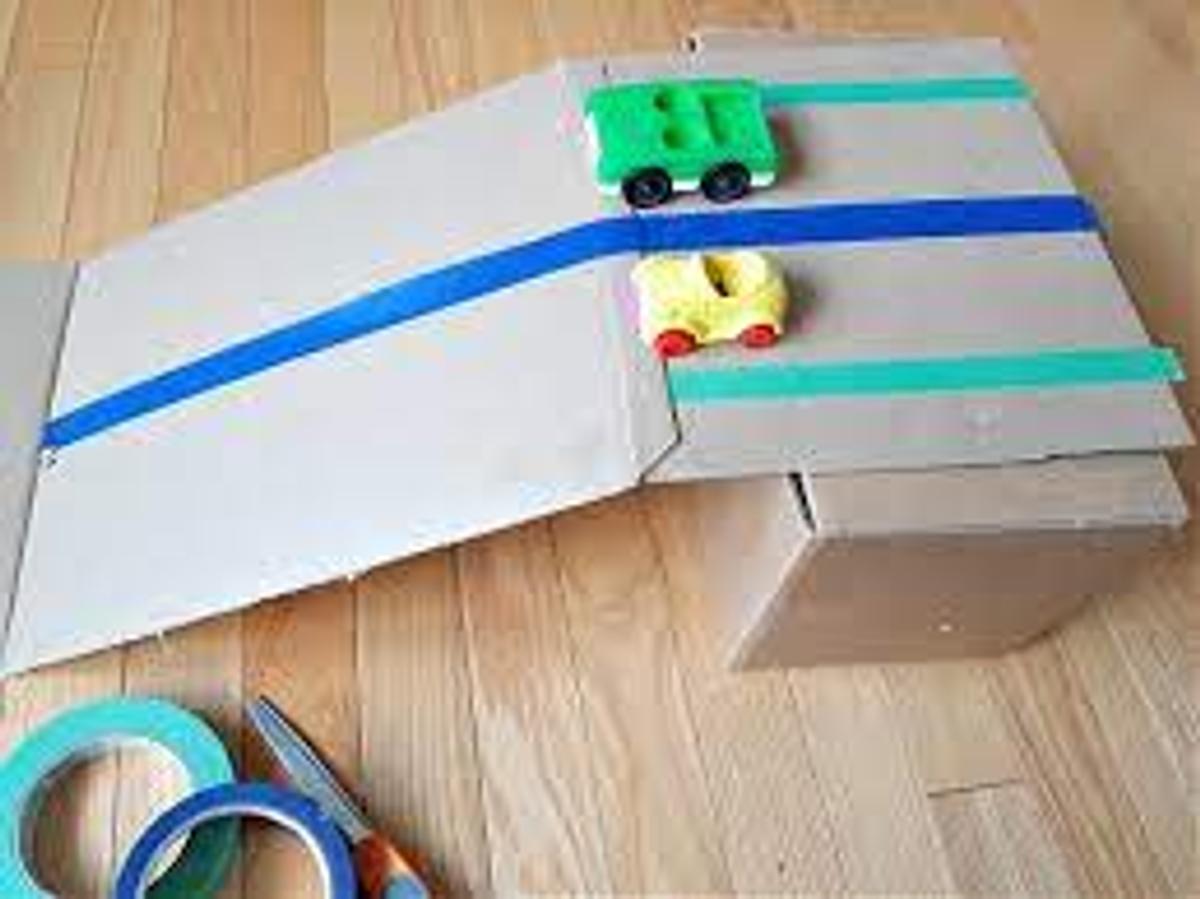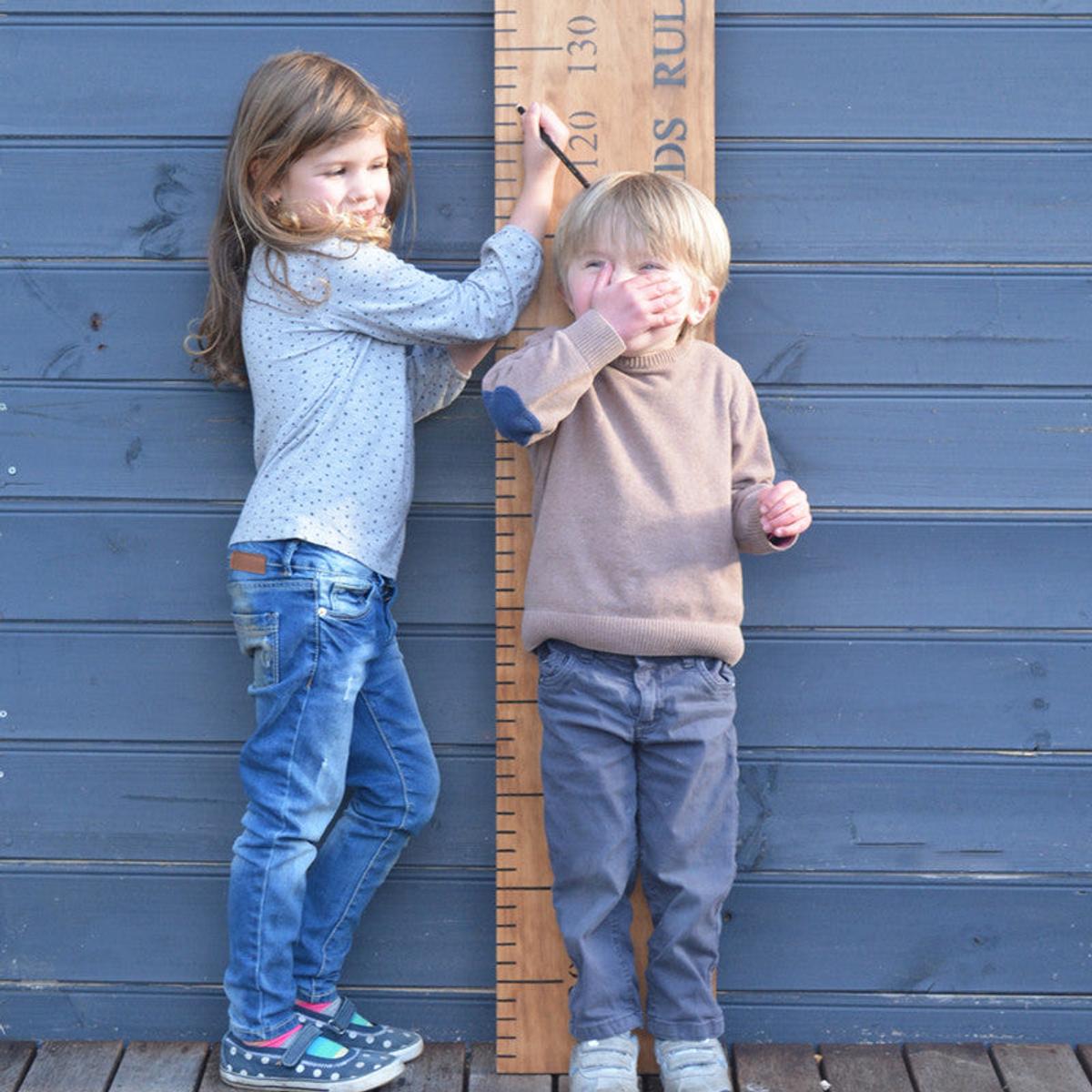Mathematics
Mrs Robyn Wilson - MaST - Mathematics Specialised Teacher

Mathematics
Mrs Robyn Wilson - MaST - Mathematics Specialised Teacher
Kindergarten students have started learning all about length and will continue to do so until the end of term. Here are some easy tips that you can be doing with your child at home to consolidate this learning.
Children initially develop an understanding of measurement through comparing objects. They may hold up two blocks and say one is longer or shorter than the other. Soon after, they begin to compare more than two objects. Children need to play and experiment with a variety of materials and objects to measure things with, before they can move to using formal units such as metres or centimetres. They need to measure the length of a table for example, using pegs, spoons or books or hand spans before using a ruler.
• Use modelling dough to roll out two “snakes” of different length. Talk about one snake being “shorter” and the other “longer”.


• Roll two snakes that are the same length from modelling dough. Turn one into a zig-zag or curved snake. Ask your child; Which snake is longer?
• Trace around your child’s hand or foot onto a piece of card and cut it out. Use this to measure the length of things such as a table or his or her bed. Before you measure, encourage your child to guess how many “hands” long the bed is.


• Roll a toy car down a ramp and measure how many car lengths it travelled.


• Walk around objects and talk about how many steps it takes.
• Record your child’s growth on a height chart.


• Compare the height of family members and talk about who is “taller” and “shorter”.
• Use a stick to measure distances between seedlings when planting.